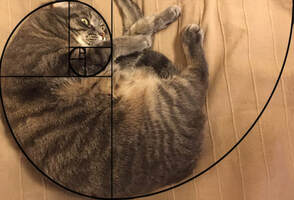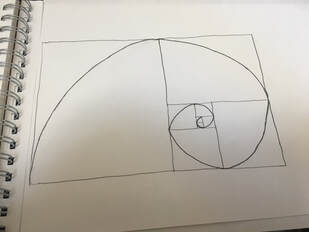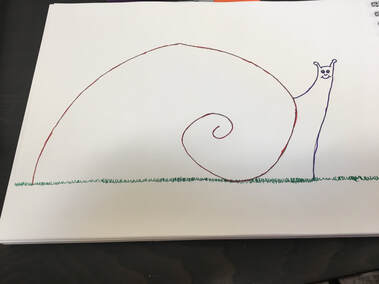Ashley's InsightsMusings on music, teaching, life, and interconnectedness. Archives
April 2020
Categories
All
|
Back to Blog
We're All In This Together3/21/2020  Parents with kids stuck at home: I've seen a lot of posts being like "what do I do with the kids while they're out of school and not learning?!" I get it. I'm frustrated, too, and nervous for especially high schoolers whose entire standardized testing/AP exam plans are out of whack (I'm still working both in person and remote, so if you know of students who want to learn/prep for anything, send em my way because I am experiencing disruptions and am scared). As an educator, I see this as an opportunity, though, to help reinvigorate that love of learning and creating that today's broken system has squashed. A few years ago, I started writing a book of salacious tales from history both well known and not. The idea was that I could tell the stories somewhat informally and then say "ok, if you found that interesting, here's where you can find more information". I didn't do anything with it yet because a) it's not finished and b) I'm a coward about putting my own work out there. But I'm going to start posting some of the stories here daily. It can give some kids something to research. I'm also committing to posting activities that kids of all ages can do at home to hopefully learn something and have fun. Right now I'm starting with an oldie but goodie: The Fibonacci sequence. We've all seen it before. I think my first encounter with the sequence was in a Babysitter's Club book when I was six or seven; recently it's reentered the popular imagination through the work of Dan Brown and really any TV show that wants to sound mathy. My boyfriend Erik reminded me this morning that Maynard incorporated it into Tool's Lateralus, and a quick Wikipedia search notes that the time signatures repeating reflects 987, a Fibonacci number. But what is it and why do we care about it? The Fibonacci sequence has been around in scholarly works dating back to ancient times (India, specifically), but it is named after Leonardo of Pisa, or Fibonacci, who wrote about the sequence in his 1202 book, Liber Abaci. There, he used the sequence to model rabbit population growth, but it appears in nature all the time. Look at the swirl of a seashell or the center of a sunflower or the curve of a spiral staircase; all can be fitted to the Fibonacci sequence. How does it go? Well, it's fairly simple. Each successive number in the sequence is the sum of the previous 2 numbers: 0, 1, 1, 2, 3, 5, 8, 13, 21, 34, 55...and so on. As the numbers get larger, dividing one number by the previous approaches what's called the golden ratio, or phi, which is an irrational number roughly equal to 1.618... You can use this ratio in many practical ways; it's used in economics to predict retracement. Hell, you can even use Fibonacci numbers and the golden ratio to loosely convert miles to kilometers and vice versa (21 miles is roughly equal to 34 kilometers). So parents, what can you do with it today with bored students? The classic move is to draw the Fibonacci spiral. Get a ruler or some graph paper. Draw a square of side length of 1. Touching one side, draw another square of side length 1. Adjacent to both, draw a square with side length of 2, then one of 3, 5, 8, and so on (I've done my own below freehand because my ruler has walked off). Draw the spiral by connecting diagonals of each square (you can use a compass if you want to be super precise). Now with the spiral drawn, you can make a variety of art projects, both realistic and abstract. The kids can learn the sequence and let their imaginations run free. If anyone makes Fibonacci art, I'd love to see it. More cool images: https://sciencevibe.com/…/the-fabulous-fibonacci-sequence-…/
0 Comments
Read More
Leave a Reply. |
 RSS Feed
RSS Feed

